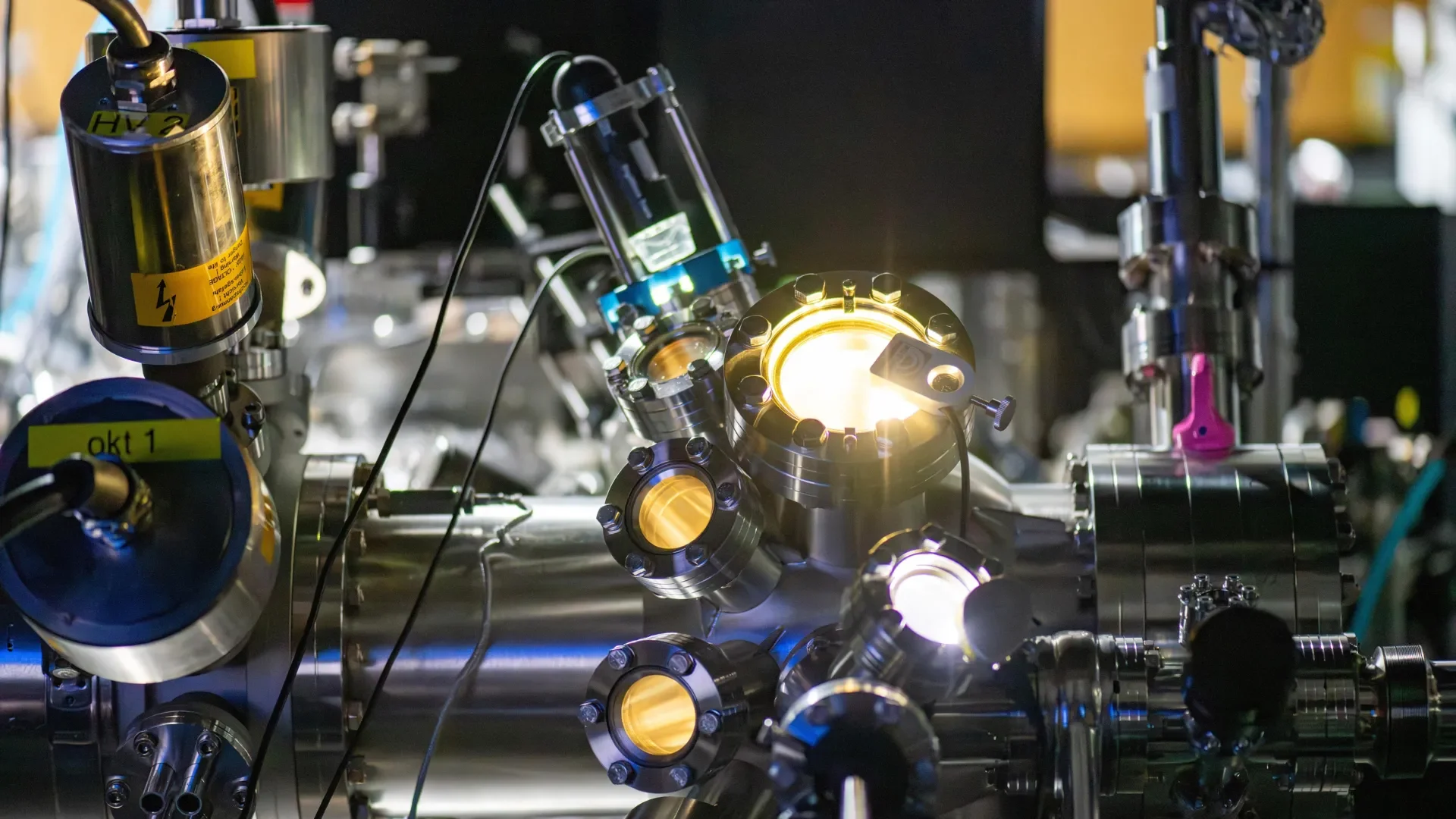In a major leap for quantum materials research, scientists have directly observed dark excitons for the first time, unlocking the potential for more stable and efficient quantum technologies.

October 4, 2025

Source:
ScienceDaily
Breakthrough in Quantum Materials
Scientists at the Okinawa Institute of Science and Technology (OIST) have achieved a landmark breakthrough, becoming the first to directly observe and track "dark excitons" in atomically thin materials. This discovery, detailed in Nature Communications, could redefine the landscape of quantum information technologies.
The 'Dark Matter' of Electronics
Dark excitons are quantum particles formed when electrons absorb energy. Unlike their "bright" counterparts, their quantum properties prevent them from quickly recombining and emitting light, making them invisible to standard optical detection.
This "invisibility" has earned them the nickname "dark matter" of electronics. It also allows them to exist for much longer periods—nanoseconds, compared to the trillionth-of-a-second lifespan of bright excitons.
This extended lifespan makes them far more stable and less prone to environmental degradation, a key property for technological applications.
Keep up with the story. Subscribe to the PR+ free daily newsletter

Source:
The David Lab
Revolutionizing Quantum Technology
The unique stability of dark excitons positions them as superior carriers of information for future technologies.
Enhanced Stability for Qubits
Professor Keshav Dani, head of the Femtosecond Spectroscopy Unit at OIST, highlighted their potential. "Their natural resistance to environmental factors such as thermal noise positions them as superior alternatives to current quantum bits (qubits)," he stated.
This resilience suggests that technologies built with dark excitons may not require the extreme cooling conditions that current quantum computers depend on, making them more practical and accessible.
A New Era of Valleytronics
The research also propels the emerging field of valleytronics, which uses the unique momentum states of electrons, known as "valleys," to encode information. PhD student Xing Zhu explained that harnessing the valley dimensions of dark excitons makes them prime candidates for quantum information storage and processing.
By directly detecting the hidden valley information within dark excitons, the team has laid the groundwork for what they term "dark valleytronics."
Read More

Source:
ACS Publications - American Chemical Society
Share this news:




















